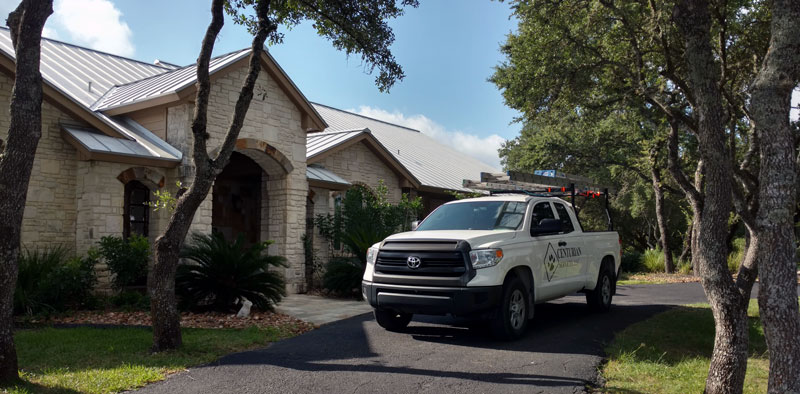
Appearance: The snake has a triangular head defined by powerful jaws for eating. Its lidless eyes can quickly detect movement and heat. There are no observable ears on the head but the slithery reptile reacts to VLF (very low frequency) sound or vibrations. They don’t have legs and their motion is usually in two directions -- sideways or upward.
Snake skin is covered by protective scales which overlap and they're able to change the color of the scales into dull earth, a defense mechanism against predators. These scales can be rough or smooth and typically have a dry feel. Most snakes use specialized belly scales to move and grip surfaces. The form of the body is hose-like and elongated. This implies that snakes have the ability to move mainly in a horizontal direction.
Habitat: Snakes can survive in all types of climate, with the exception of areas or regions with freezing temperatures lasting for the majority of the year. Being cold-blooded, they are not able to regulate their body temperature in the cold arctic area. In suburban and urban settings, snakes are generally attracted to water-logged areas over dry areas. They're also attracted to dirty areas due to the possible presence of food (insects) in these areas.
Snake species which reside in sandy areas have a tendency to move backward, while snakes found in water logged areas usually know how to swim. Snakes found in dense vegetation regions meanwhile, have a back and forth kind of motion. This sort of motion is the most frequently seen.

Snakes have poor eyesight and hearing. While hunting, they find their prey primarily by way of vibrations, heat, and chemical signals chosen by their other senses. Snakes shed their scales occasionally in a process called Ecdysis or molting -- the outer layer of skin is shed in 1 layer exactly like removing a sock.
Reproduction: Snakes normally live a solitary life except in breeding seasons when the mature males compete for a female to mate with. The majority of the time, the eggs are laid and left, except for a few species such as the king cobra and pythons. After the eggs have hatched, they're left to fend for themselves from the minute they are born. They are quite vulnerable to many different predators such as birds, foxes, and lizards. This leads to a high mortality rate among snakes.
Diet: All snakes are carnivores no matter size. They feed on smaller pests such as rodents, lizards, fish, birds, snails, crickets and a number of insects; and the eggs of those pests. Snakes play a massive role in the management of rodents.
Snakes mostly swallow their prey whole and alive, meaning the size of the prey is dependent upon the size of the snake. After ingestion, digestion takes a variable amount of time in snakes, but is generally an extreme and energy-consuming activity. During this time, the snake gets mostly dormant.
Cases of snake bites abound in the USA and other areas of the world and they have led to a great number of deaths - the majority of these deaths occurring within 15 minutes of being bitten by the snake. It has been estimated that the chance of venomous snakebites to individuals in america is 20 times less than that of being struck by lightning.
